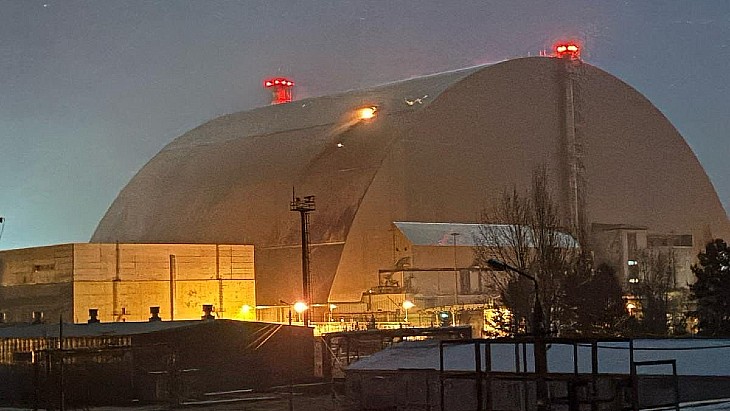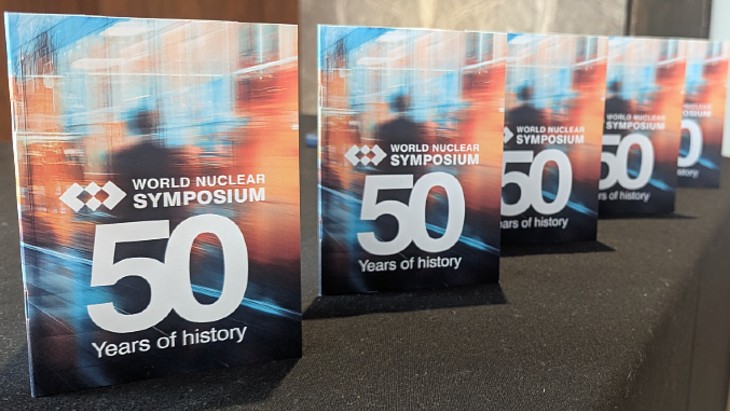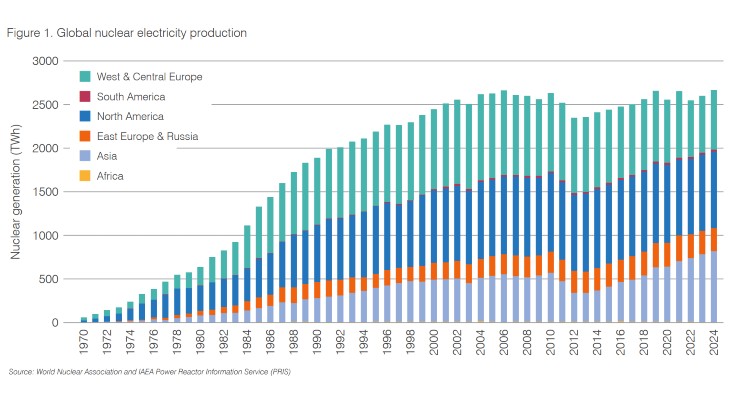ORIGINALLY PUBLISHED: 1.03pm GMT
UPDATE 1: 1.27pm GMT, Section on discharges to sea
UPDATE 2: 5.22pm GMT, More details on trenches
UPDATE 3: 6.27pm GMT, Status of unit 1, details on plutonium finds
Contaminated water at Fukushima Daiichi is present in large trenches that run alongside and are connected to the turbine buildings, where contaminated water has also been found. One trench is showing very high dose rates from its surface.
The discovery by Tokyo Electric Power Company (Tepco) is the latest puzzle at the Fukushima Daiichi site, at which four nuclear power units are written off after being inundated by the 14-metre tsunami of 11 March.
Status of unit 1 |
Judging by the composition of the radionuclides, officials think the water was probably in contact with the damaged reactor cores in each unit. Its presence indicates a leak from the primary circuit.
This water is being pumped out of unit 1 so that cabling can take place in support of the restoration of power from diesel generators. Preparations for this are taking place at units 2 and 3.
Trenches
Meanwhile, water with contamination enough to cause dose rates of up to 1000 millisieverts per hour at the surface has been discovered in a trench for power cables and pipes alongside unit 2's turbine building, which is connected to the bottom of the turbine building via a tunnel. The concrete trench is 76 metres long, four metres high and three metres wide. At each end is a vertical shaft of over 16 metres and the entire system is full with water to within one metre of the top.
A similar trench exist at units 1, but this is significantly longer at 162 metres long. This is full to within ten centimetres of the top but showed only 0.4 millisieverts per hour.
At unit 3 the trench is similar to that of unit 2 albeit with 21 metre shafts. This was too clogged with tsunami debris to measure radiation dose rates at the surface.
The trenches are outside the normal radiation control area of the site but do not lead to the sea, said Tepco. The company has sandbagged the one outside unit 2 to ensure it will not overflow and is working to find out how the water and the radionuclides may have got into the trenches. The tsunami could conceivably have played a major role in the flooding of the trenches, while it is not clear that the radiation readings taken from the surface are indicative of the whole body of water.
Discharges to sea
The overall amount of radioactivity in seawater, as well as the amounts of radionuclides, near Fukushima Daiichi have been trending down in the last two days, although some remain far beyond normal regulatory limits. Ten kilometres to the south at the undamaged Daini plant levels have increased in the same period - indicating a flow of water and the dispersal of the substances to sea.
There is currently a highly unclear picture of water travel around the site, including how some radionuclides travelled from reactor cores or used fuel ponds to current locations. Since the accident began over 18 days ago, water has apparently leaked within the buildings, been repeatedly sprayed into used fuel ponds and dropped by helicopter. In addition has come rain and snow - and all this in the aftermath of a tsunami.
Plutonium data
Tepco yesterday revealed results of sampling for plutonium on site. Samples were taken in five locations with all five showing levels of plutonium-239 and plutonium-240 at in the range of 0.19-1.2 becquerels per kilogram of dry soil. This is typical of the range resulting from historic tests of nuclear weapons.
In three of the samples there was no detection of plutonium-238, which is normal thanks to its low ratio of only 0.026:1 to the other isotopes. However, two of the samples showed plutonium-238 at 2.0:1 and 0.94:1. "They could possibly come from the accident," said Tepco, although it noted that all the levels were below what could be harmful to health. |
Researched and written
by World Nuclear News












